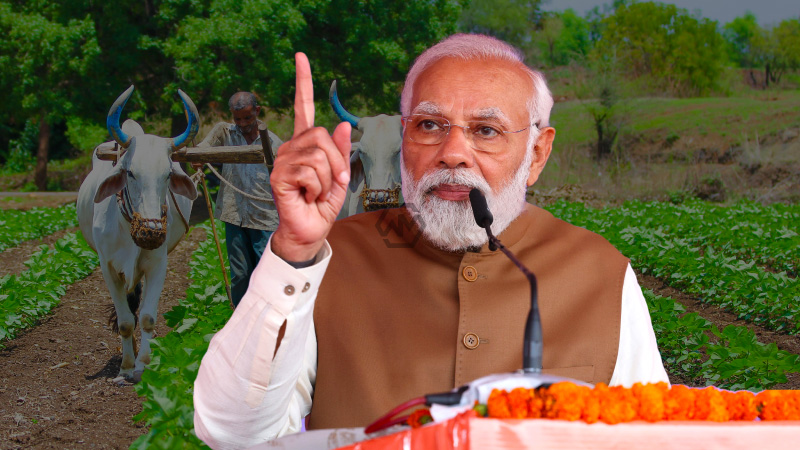- PM-KISAN & Direct Benefits: Financial support to farmers with direct bank transfers, eliminating middlemen.
- Technological Advancements: Drone Didi, neem-coated urea, and FPOs empower farmers with modern solutions.
- Infrastructure & Market Access: Investments in roads, railways, and logistics enhance agricultural productivity.
The Modi government has taken a multi-faceted approach to transforming Indian agriculture by integrating financial aid, technology, and structural reforms.
Beyond direct assistance, the government is focused on long-term sustainability. The promotion of neem-coated urea enhances soil health, while drone technology empowers women in rural India.
A New Era for Indian Farmers: Growth, Innovation, and Sustainability
Agriculture remains a critical pillar of India’s economy, contributing significantly to GDP and employment. Recognizing its importance, the Modi government has introduced policies that prioritize both financial support and technological advancements. Initiatives like PM-KISAN and direct MSP transfers have eliminated bureaucratic inefficiencies, ensuring that farmers receive their due without interference.
Empowering small and marginal farmers is another key focus. The government has been aggressively promoting Farmer Producer Organizations (FPOs) to help farmers pool resources, access better markets, and reduce production costs. The success of horticulture and crop diversification efforts in states like Jammu and Karnataka is a testament to this approach.
Women entrepreneurs have also found a place in India’s evolving agricultural landscape. The Drone Didi initiative enables women from self-help groups to become drone pilots, providing precision farming services to local farmers. This not only increases efficiency in agriculture but also fosters financial independence among rural women.
Investment in rural infrastructure plays a crucial role in agricultural modernization. With significant capital expenditure allocated to building roads, railways, and freight corridors, farmers can now access larger markets with ease. This reduced logistical burden helps them fetch better prices for their produce, ultimately improving rural incomes.
The Modi government’s approach to agriculture blends financial security, technology, and infrastructure development, ensuring that farming is no longer seen as a low-return profession but as a sustainable and profitable livelihood for millions.
“The discovery of agriculture was the first big step toward a civilized life.” – Arthur Keith



